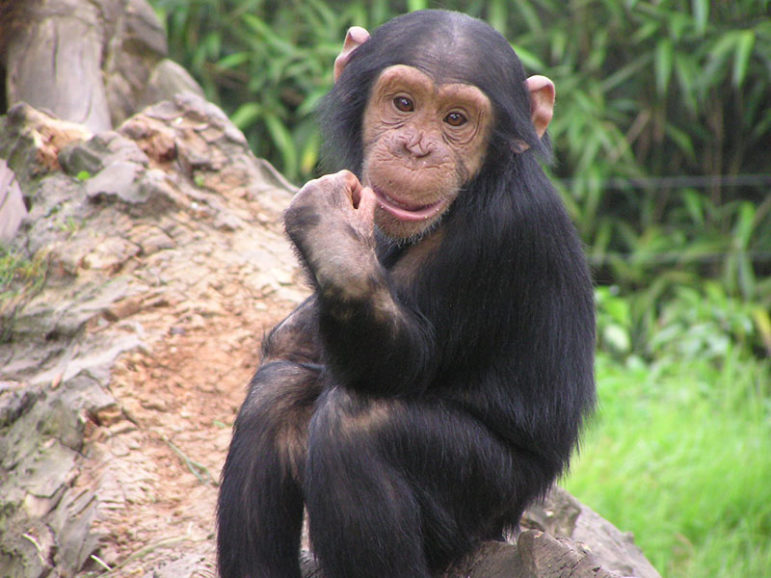
September 9, 2016; CBS News
After years of dedicated advocacy, nine chimps were freed from captivity recently—the first of many—and chimpanzees in general will no longer be allowed as test subjects, forced to live in laboratories in the United States.
Although the news actually broke in 2015, when the U.S. Fish and Wildlife Service (USFWS) was able to classify all chimps as endangered under the Endangered Species Act (ESA), it’s taken about a year to set the wheels in motion and move the chimpanzees to sanctuaries.
Project Chimps welcomed nine of the former lab chimpanzees from the New Iberia Research Center to their new home, a 236-acre facility in Georgia, earlier this week. More chimps are to come. Project Chimps is a nonprofit organization that was started in late 2014 by various chimpanzee, nonprofit, philanthropic and legal experts when it became evident that the government, with growing public and scientific support, was ready to take action on chimps and medical research.
Sign up for our free newsletters
Subscribe to NPQ's newsletters to have our top stories delivered directly to your inbox.
By signing up, you agree to our privacy policy and terms of use, and to receive messages from NPQ and our partners.
“This marks the end of privately funded research on chimpanzees in the U.S. That’s a huge deal,” said Sarah Baeckler, who leads Project Chimps, to CBS News. “That’s the end of an era for these guys.”
The National Institutes of Health (NIH), one of the world’s foremost medical research centers, however, is still in the process of moving all of its chimpanzees to the federally funded Chimp Haven in Louisiana, another sanctuary. In fact, a U.S. Government Accountability Office report from earlier this year stated the NIH has still not developed a clear implementation plan to transfer the chimpanzees (approximately 68 percent remained in labs at the time of the report). The NIH had been phasing out its biomedical research on chimps since 2013 anyway, but hundreds still remain in their labs, many infected with HIV or another disease. The NIH did announce that it would retire the remaining 50 chimps being held for future experiments.
Project Chimps acknowledges that chimps in any sort of captivity, even if in a large sanctuary, is not ideal, but chimpanzees used to living in a lab simply would not be able to thrive in the wild on their own, according to an interview with the Huffington Post. Baeckler adds that her organization’s main “purpose is to provide care to the chimps and give them choices on what they would like to eat, who they would like to spend time with, what toys they’d like to play with, etc.”
So, what happens to the sanctuaries when no more lab chimpanzees are being transferred to them? All of the chimpanzees being transferred to Project Chimps’ sanctuary are between 10 and 13 years old, and chimpanzees can live up to 60 years. It would appear there’s time to plan. History has been made, and only time can tell the future of this collaborative nonprofit organization and its efforts. But a large win is now in the pockets of animal lovers, conservationists and chimpanzees.—Angie Wierzbicki













